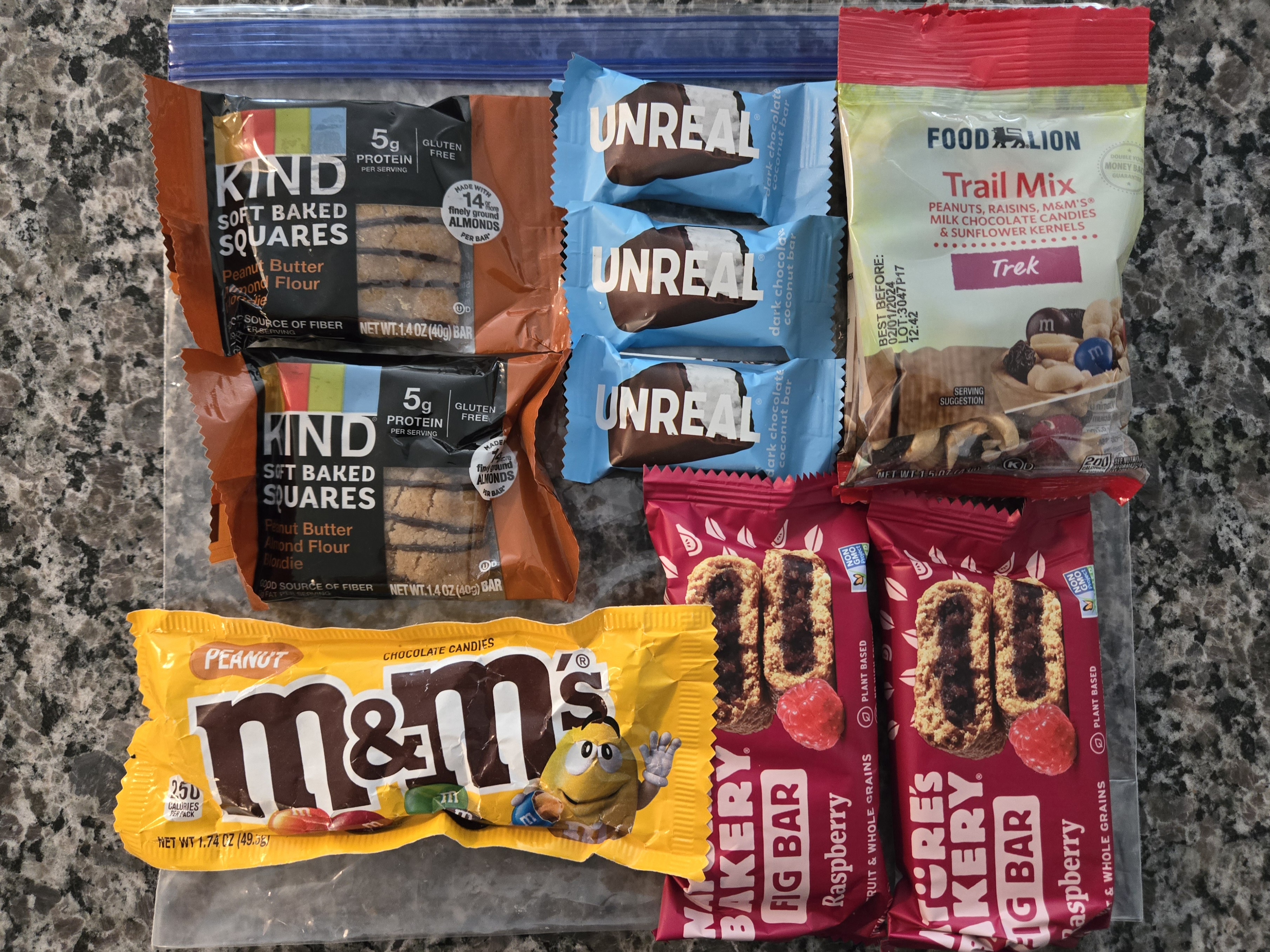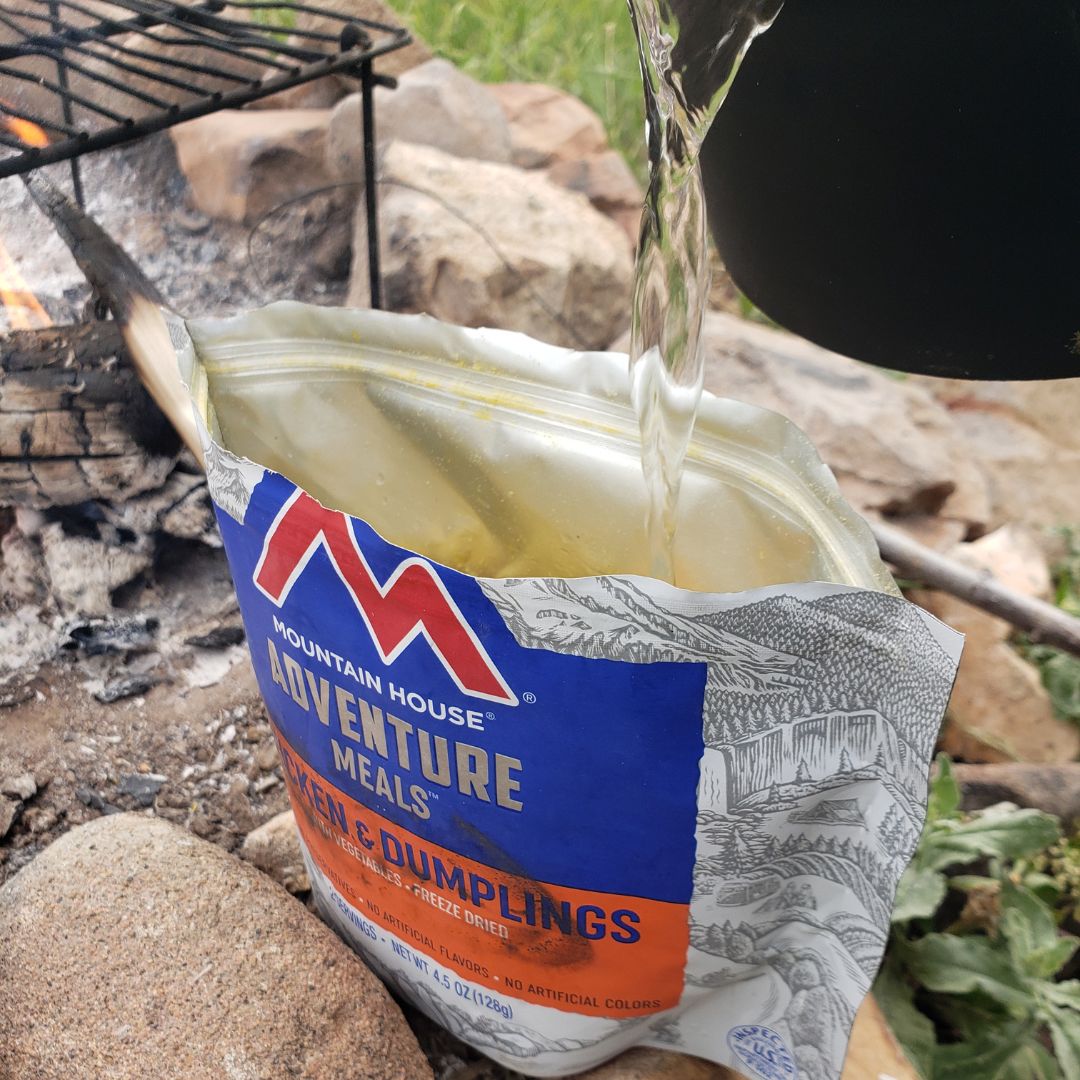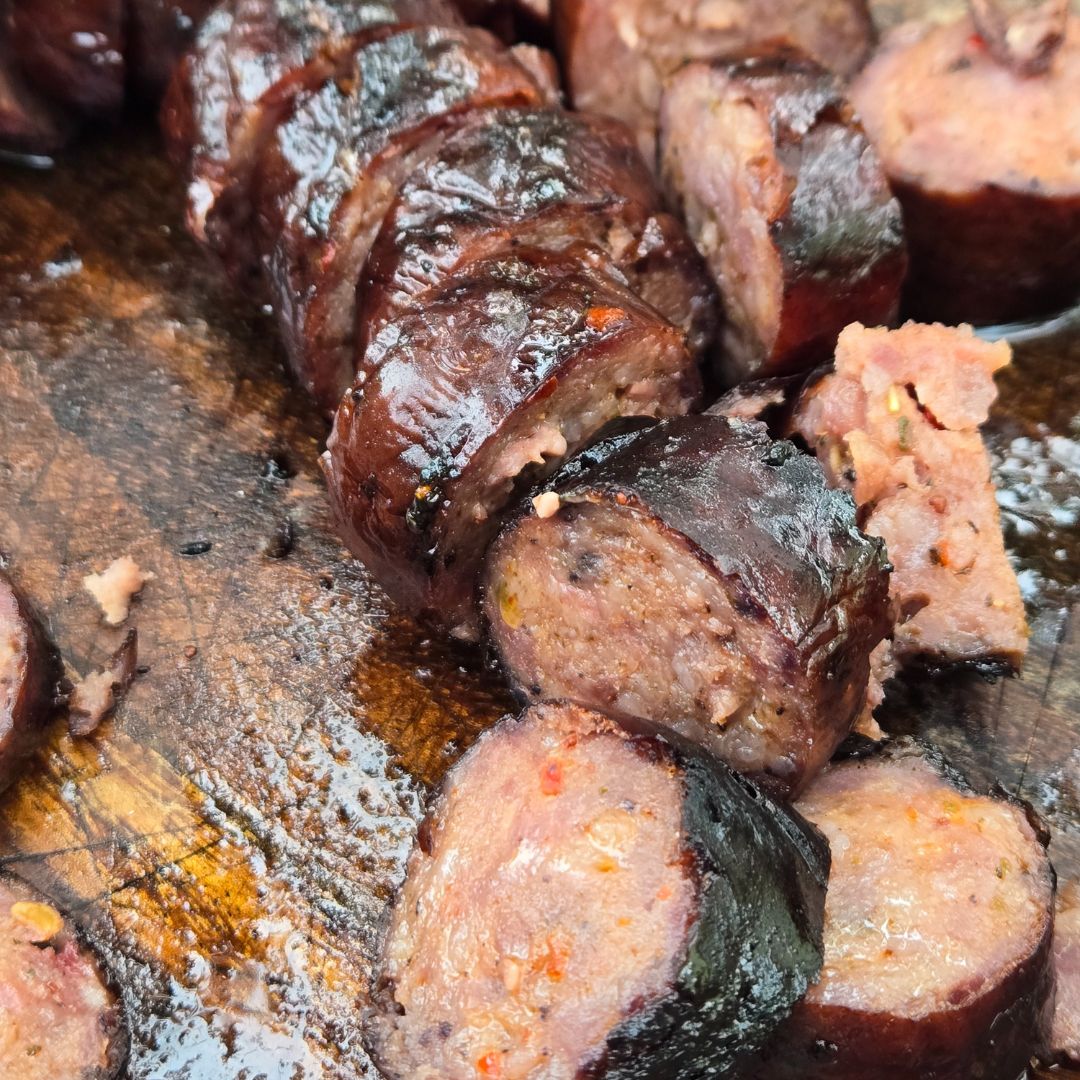There’s a historical saying, “An army marches on its stomach.” Commonly attributed to Napoleon, this quote relates to the military as much as it does to the individual. We may not march as soldiers but we march and ruck when traveling into the backcountry. We can carry a simple deli sandwich on a day fishing trip but as the duration of the trip lengthens, our food choices must be wiser. No one wants to eat a 4-day-old tuna fish wrap that has been out in the heat of the field. What follows are some of my thoughts on how to pack proteins, fats, and carbs into the backcountry to keep you fueled for marching.
Snacks
Snacks are perhaps the easiest way to pack calories into the backcountry and you have no shortage of options. Energy bars, good ole raisins and peanuts (G.O.R.P), jerky, candy the list goes on and on. At a minimum, I try to pack enough snacks to keep my metabolism going which means having 100-200 calories every 2 hours based on my activity. I use the factor of 12 for every pound of body weight I carry (12 x 220 lbs) to figure out what I need to carry into the field for basic sustainment. If I’m burning more calories, I use 18 as a factor and if I’m winter camping, I use 24.

Staple Foods
Rice, pasta, potatoes, grains, and other carbs are backpacker staple foods. These are easy to rehydrate with water and can be made in a single pot. When I worked at Eastern Mountain Sports back in the late 90s, one of my colleagues talked about a “35mm camera film roll diameter” as a single portion for one. We’re far from the days of film canisters but we can make the “O.K” hand gesture touching the first knuckle of our index finger with that of our thumb. It’s about the same amount. We can also test these carbs in our home kitchen to determine how much we actually need to carry into the field. The benefit of these foods for backpacking is the dry weight. If we can find water in the field, we can save the weight of carrying it into our location. Keep in mind, all of these can be carriers of other flavors. Spice mixes and flavor packets weigh next to nothing.

Meat
There’s nothing more satisfying at the end of a hike than a proper meal and when I think proper meal, I think meat. Frozen raw meat can be carried in for the first night and it will thaw as you walk. Sausages are great since they are easily managed while cooking over the fire. There aren’t many great options for carrying raw meat in your pack without refrigeration. If you have a pricey overland rig, that’s one thing but for the layman with a ruck, we have to get creative. Dried meat is another option that may reconstitute to a degree. Canned and packaged meats are easy to add to stews and soups as a filler. A really easy meal I prepare frequently is a package of boil-in-bag rice, a tuna fish foil pack, a pack of Cholula seasoning, and an avocado. That gives me carbs, protein, and fat in a relatively easy-to-prepare dish. While not exactly “meat”, eggs are a great source of protein. If you’re worried about them cracking, hard boil them. If you hate hard-boiled eggs, like I do, then you can crack the eggs and carry them in a “pony” sized water disposable water bottle. By the way, if you’ve never tried cooking raw meat on a hot campfire rock, you’re missing out!

Oils
The human form runs on fat. There’s a reason why excess calories form as fat and we’re not running around as giant humanoid sugar cubes. Oils are heavy to carry but they give us the best bang for our buck in terms of calorie-dense foods. Flavored oils (truffle, spicy Asian chili pepper, garlic) can be added to starches easily and they can also be drizzled over fresh protein hunted, fished, or trapped in the woods. Butter can also be carried but you have to account that it will likely melt and the storage container should be watertight. Coconut oil works great for energy and I actually put it in my coffee in the backwoods first thing in the morning to keep me going. Specialty oils are desirable but simple olive oil will give you plenty of calories and it is easily sourced if you were to fly into a new location and supply yourself with provisions from a common grocery store.
Beverages
Aside from water which you should be drinking copious amounts of, you can supplement your meals with good beverages. No good trip starts without coffee and there are plenty of options for making it in the woods. Instant coffee sticks from Black Rifle Coffee or Starbucks are the easiest and require the least amount of cleanup. Cowboy coffee, a skill I teach on every wilderness survival overnight course, involves steeping the coffee grounds in boiling water and then adding a bit of cold water to settle the grounds when you take them off of the heat. You can also pack alcohol into the woods but you must drink responsibly. Remember, drink to remember, never to forget. Glass is not the best bottle material so repackage it in a metal or Lexan flask. Perhaps the most important for sustaining your health are drink mixes. LMNT, Liquid IV, or other hydration additives are important to restore your electrolytes. Pack these and use them in a 2:1 ratio. Drink 2x the amount of regular water for each bottle of additives you mix up.

Food prep doesn’t have to be difficult if you put your mind to it. You will find you are likely to spend less on food you make at home than purchasing dedicated backpacking meals. Record the recipes that work for you and share them with your traveling buddies.
